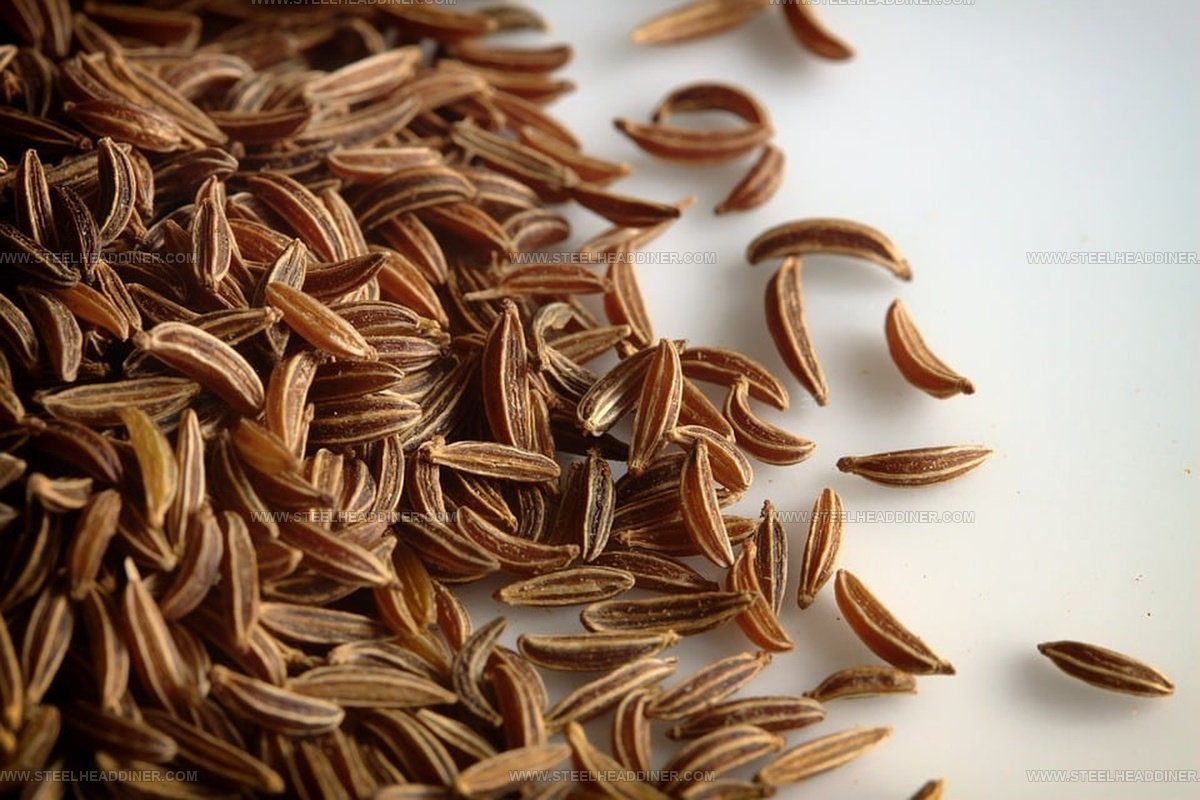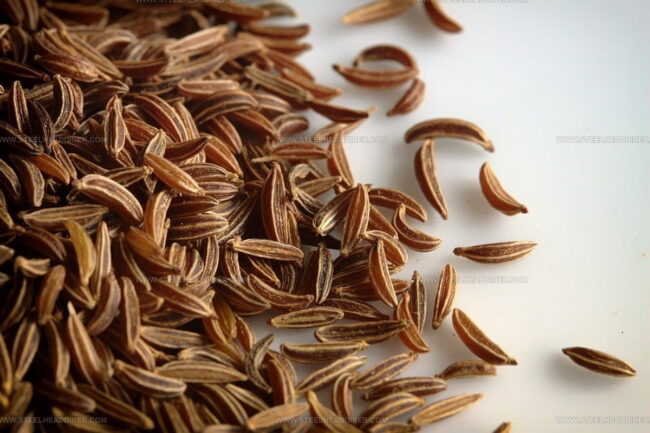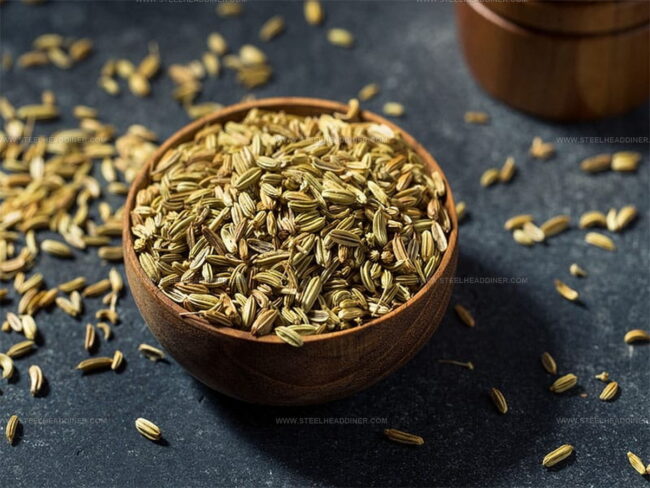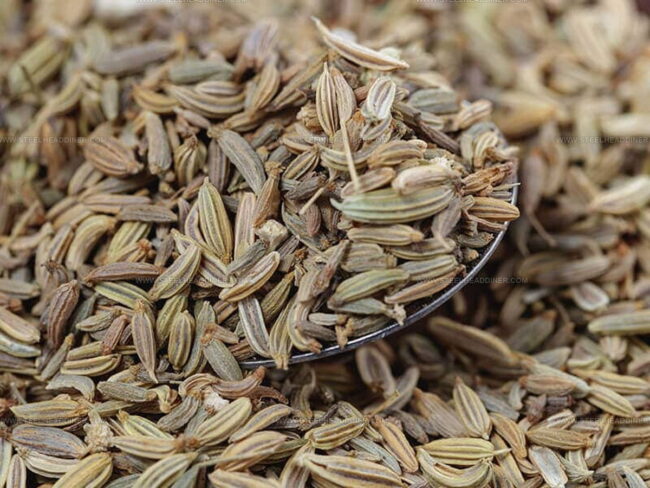What Do Caraway Seeds Taste Like? Unveiling Nature’s Hidden Spice
Caraway seeds, those tiny aromatic gems, have intrigued culinary enthusiasts for centuries with their unique flavor profile.
Countless home cooks and professional chefs wonder about the mysterious taste of these small but potent ingredients.
These seeds pack a powerful punch in various cuisines, from Eastern European dishes to traditional baking recipes.
Their distinctive characteristics make them a fascinating spice that can transform ordinary meals into extraordinary culinary experiences.
Many people are curious about how caraway seeds might enhance their cooking and add depth to different recipes.
The complexity of their flavor makes them more than just a simple seasoning.
Understanding the nuanced taste of caraway seeds could be the key to elevating your next kitchen creation and expanding your spice knowledge.
Are you ready to uncover the delicious secrets of these remarkable seeds?
Understanding Caraway Seeds
Caraway seeds come from the caraway plant's dried fruit, called achenes.
Caraway belongs to the Apiaceae family, which includes other aromatic plants like celery, parsley, and carrots.
Native regions for this plant stretch across Eastern and Central Europe, the Mediterranean, North Africa, and Western Asia.
Some people also know it as Meridian Fennel or Persian Cumin.
Humans have valued caraway since the Neolithic period for its cooking and health qualities.
Each fruit actually contains just one seed, despite being called seeds.
Farmers collect these fruits and dry them before using them whole or grinding them into a fine powder.
What Flavor Do Caraway Seeds Have?
Caraway seeds carry a strong smell with citrus hints, which makes sense since they share a plant family with dill seed and parsley root.
Cooking caraway for a long time reduces its sharp smell but brings out a deeper taste.
Seeds from this plant offer a rich and spicy flavor profile.
Small seeds have a slightly bitter taste that reminds some of coriander or fennel when fresh.
Spice lovers will enjoy the unique kick these seeds bring to different dishes.
Each sprinkle adds something special to meal preparations.
Cooking helps release caraway's deep flavor as heat causes essential oils to spread into surrounding liquids.
Rye bread gets its signature taste from these small seeds.
Chefs often use caraway to season various meats like:
Sauerkraut also benefits from this wonderful seasoning.
Caraway Seeds: Uses And Health Value
Caraway seeds are prized for their flavor and health contributions.
Find out how they’re used in recipes and what nutritional value they provide.
How To Use Caraway Seeds
Caraway seeds show up often as toppings and spices in dishes like sauerkraut, meatballs, rye bread, and cold coleslaw.
Cooks can grind these seeds into powder called carvi meal, caraway seed oil, or Persian cumin.
Farmers have grown caraway seeds for cooking purposes since ancient times.
Seeds come whole, cracked, or crushed.
Methods for using caraway and fennel seeds:
Cooks sprinkle them on roasted vegetables or mix into pickled and fermented foods like sauerkraut.
Caraway in European and Middle Eastern Dishes
Caraway seeds bring a warm, slightly sweet, and earthy taste that’s loved in both European and Middle Eastern kitchens:
Using caraway in your cooking brings out the unique charm of both European comfort foods and Middle Eastern favorites.
Caraway Seeds Health Benefits
Cooks often add caraway seeds to dishes for extra taste, but these small seeds do more than just make food delicious.
Packed with fiber and calcium, caraway supports strong bone health.
Loaded with antioxidants, these seeds might help protect hearts from potential damage.
Researchers believe caraway seeds could lower heart disease risks because their antioxidants work to block free radical harm and maintain healthy cholesterol levels.
Scientists have also studied caraway's potential to slow down tumor growth, suggesting possible cancer prevention benefits.
Skincare experts frequently use caraway seed oil to treat skin problems like eczema and psoriasis, helping calm irritated skin and support healing.
Eating Caraway Seeds Raw: Yes Or No
Raw caraway carries a milder taste compared to its cooked counterpart, though a sour note still lingers.
Seeds become more intense and sharp when chewed thoroughly.
Uncooked seeds lack the sweet undertones found in heated versions.
Cooks can scatter raw caraway seeds across salads, bakery items, and dishes needing a gentle flavor boost.
Mixing these seeds into spice blends works well, and sprinkling them just before serving helps unleash their rich aromatics.
Can Fennel Seeds Replace Caraway?
Fennel seeds work well as a backup for caraway seeds in recipes.
These seeds share a similar licorice-like taste, though they are slightly milder than ground caraway.
Cooks can swap them in many dishes without noticing much difference.
Someone who dislikes strong licorice notes might prefer fennel seeds.
Both fennel and caraway seeds come from the carrot plant, which explains their similar look and flavor profile.
Chefs can use them interchangeably in various recipes with minimal impact on taste.
Subtle differences exist between these seeds.
Fennel seeds bring a hint of sweetness and mint, while caraway seeds have a more peppery kick.
Careful consideration matters when substituting seeds.
Swapping caraway for fennel might not work well in delicate dishes like tea or sweet treats where fennel's specific flavor is key.
Fennel belongs to the carrot family and carries licorice undertones similar to caraway.
Cooks can replace caraway with an equal amount of fennel in most recipes.
Caraway seeds pack vitamin C and serve as a solid alternative to fennel.
While fennel seeds might not be as common in stores, they offer comparable qualities to caraway.
Home cooks can find these seeds and experiment with different flavor combinations in their kitchen creations.






Maya Thompson
Culinary Content Creator & Nutrition Enthusiast
Expertise
Healthy single-serving recipes, Meal prepping for individuals, Integrating nutrition into everyday cooking, Vegetarian and plant-based cuisine
Education
The Chef’s Academy at Harrison College
Associate of Applied Science in Culinary Arts
Focus: Nutrition, meal planning, and culinary techniques for healthy living.
Maya found her passion in the kitchen by mixing good food with good energy. After earning her culinary degree at The Chef’s Academy at Harrison College, she made it her mission to keep cooking simple, wholesome, and packed with flavor.
At Steelhead Diner, Maya shares easy, healthy recipes built for real life. For Maya, great food seems like a celebration of everyday moments, made better one fresh bite at a time.